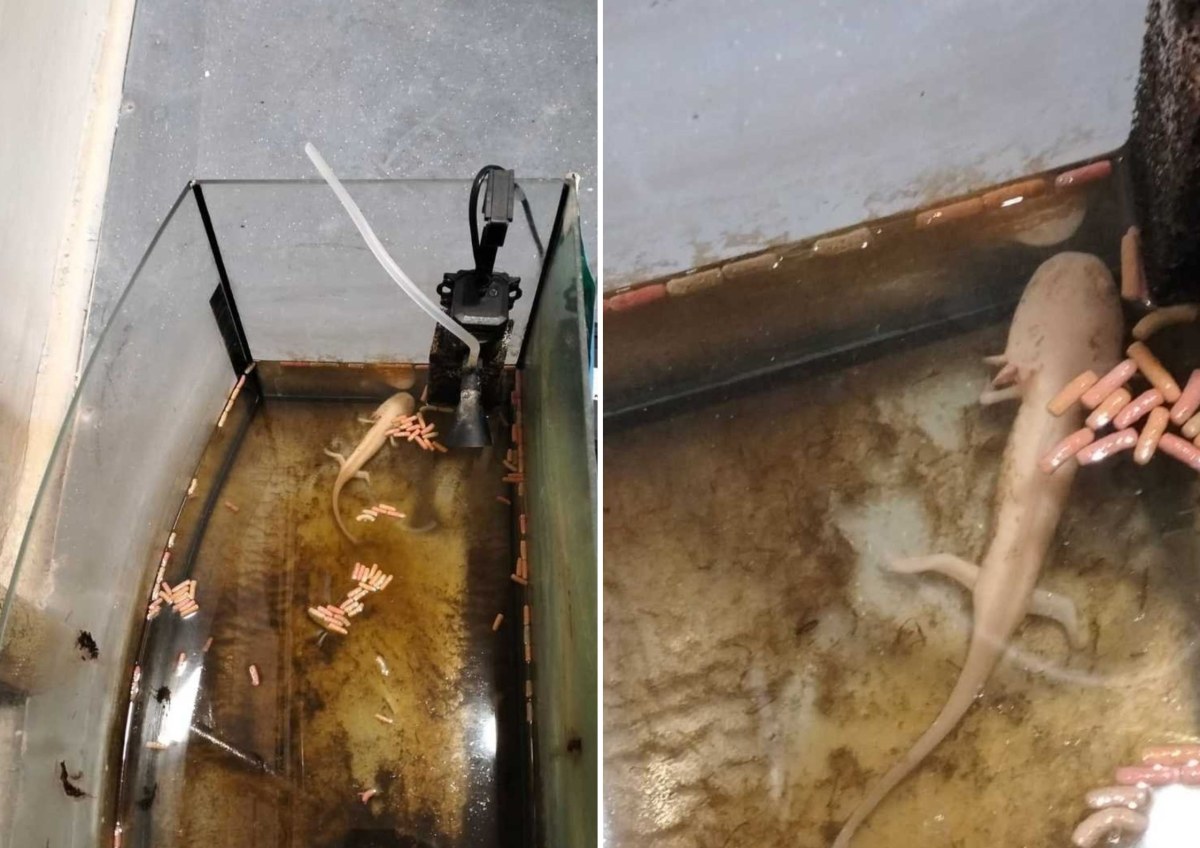
SAN FRANCISCO- A United Airlines (UA) flight operating from Tokyo Haneda (HND) to San Francisco International Airport (SFO) declared an emergency and landed safely after a precautionary engine shutdown on July 23, 2025. The aircraft involved was a Boeing 777-222(ER) registered as N229UA.
Flight UA876, operated by United Airlines (UA), experienced a right engine failure during descent into San Francisco (SFO). The crew declared a precautionary emergency and coordinated a safe landing with emergency services standing by.
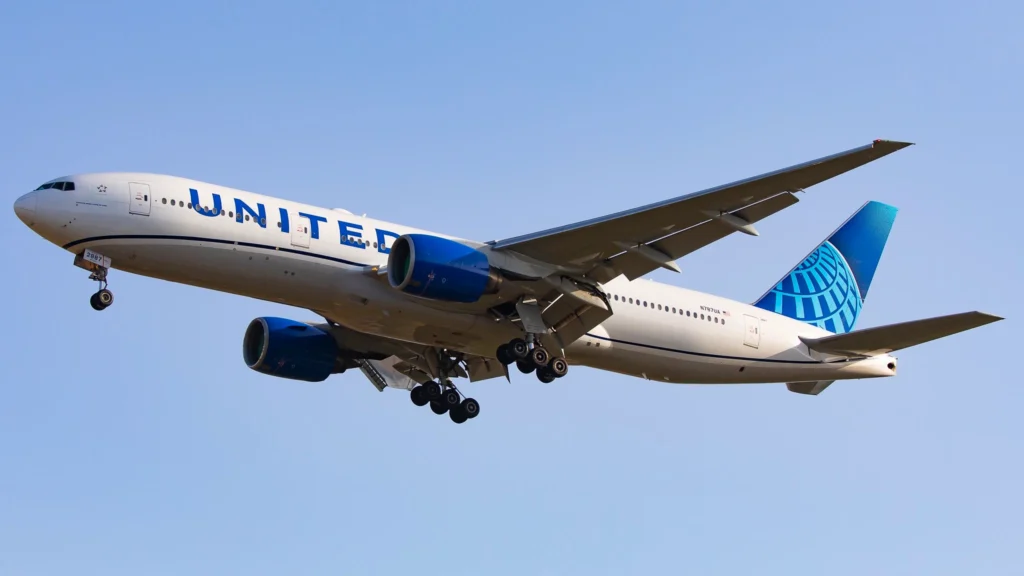 Photo: Clément Alloing
Photo: Clément AlloingUnited Flight Emergency Landing
Shortly before arrival at San Francisco International Airport (SFO), United Airlines Flight UA876, originating from Tokyo Haneda Airport (HND), encountered a critical issue with its right engine.
The aircraft, a Boeing 777-222(ER), was operating under normal conditions until the crew initiated an in-flight shutdown of one engine due to technical irregularities.
The flight crew initially squawked 7700 — the standard emergency transponder code — while still over water, ensuring prompt radar recognition as they approached the U.S. coastline near Fort Bragg.
Once closer to controlled airspace and in stable contact with ATC, the squawk code was withdrawn, indicating the emergency was being managed and monitored actively by ground control.
Approach frequencies recorded over live radio indicated the crew calmly communicated the situation, describing it as a precautionary measure. Emergency vehicles were requested to be on standby at the runway, though no active distress was declared during landing.
The flight was operated by a Boeing 777-200ER, registered as N229UA. Further, it is a 23.4-year-old aircraft powered by Pratt and Whitney PW4000 engines.
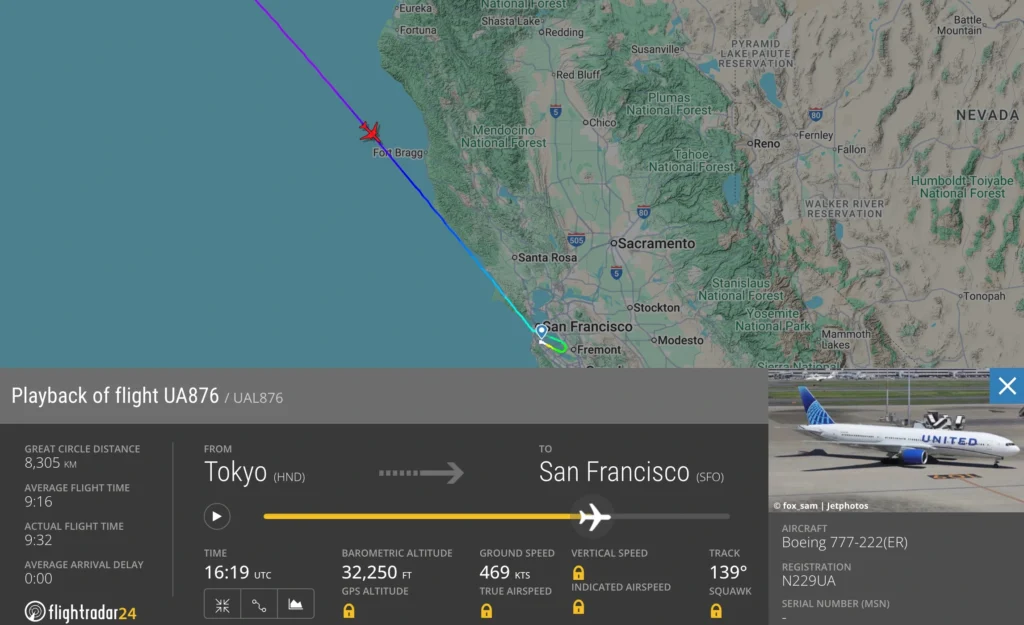 Photo: FlightRadar24
Photo: FlightRadar24Passenger Experience and Crew Response
Passengers on board were informed of the engine shutdown as a safety measure. According to an onboard witness, there was no panic in the cabin.
The aircraft landed on runway 28R at SFO, taxied normally, and after an external inspection, was towed to the gate for further evaluation.
This incident highlights the Boeing 777’s ETOPS (Extended-range Twin-engine Operational Performance Standards) certification, which allows it to operate long-haul transoceanic routes even in the event of an engine failure.
The flight, lasting approximately 9 hours and 32 minutes, concluded without injury or disruption to airport operations.
The professionalism of the flight crew, who executed a textbook single-engine landing after an overnight transpacific journey, was widely praised. The response adhered strictly to standard procedures, reinforcing confidence in aircraft safety protocols and training.
Technical Background on Emergencies
Flight UA876’s decision to squawk 7700 temporarily was strategic. For Instrument Flight Rules (IFR) aircraft already in contact with Air Traffic Control, squawking 7700 is not always required, but it can enhance visibility on radar systems—especially over oceanic routes.
Once the flight neared radar range and made direct contact, squawking was deemed unnecessary.
Single-engine operation in twin-engine aircraft like the 777 remains an emergency by protocol, regardless of geography.
Over land, options for diversion are more abundant, but over open water, the implications are more serious. In this case, the crew acted prudently to ensure a safe return to land.
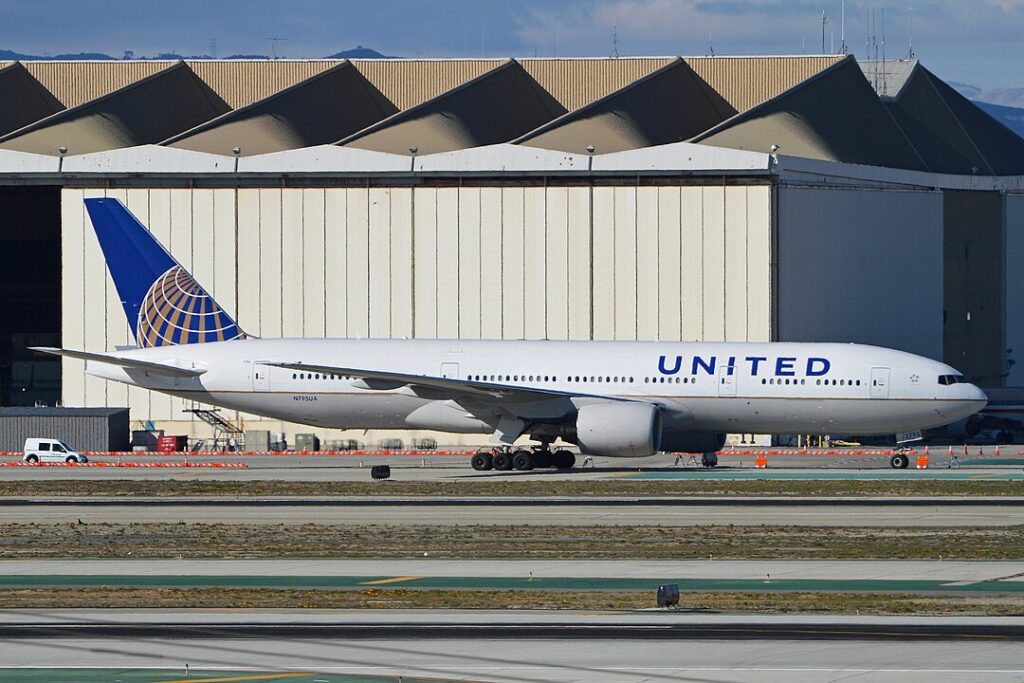 Photo: By Alan Wilson – Boeing 777-222 'N795UA’ United Airlines, CC BY-SA 2.0, https://commons.wikimedia.org/w/index.php?curid=33925191
Photo: By Alan Wilson – Boeing 777-222 'N795UA’ United Airlines, CC BY-SA 2.0, https://commons.wikimedia.org/w/index.php?curid=33925191Similar Incident
A United Airlines flight en route from Orlando International Airport (MCO) to Chicago O’Hare International Airport (ORD) experienced an in-flight engine failure and made an emergency diversion to Hartsfield-Jackson Atlanta International Airport (ATL) on January 3, 2025.
The flight, UA1828, operated by a Boeing 777-200ER, was airborne for about an hour before the crew reported the engine loss. The aircraft safely landed in Atlanta, and all passengers disembarked without incident.
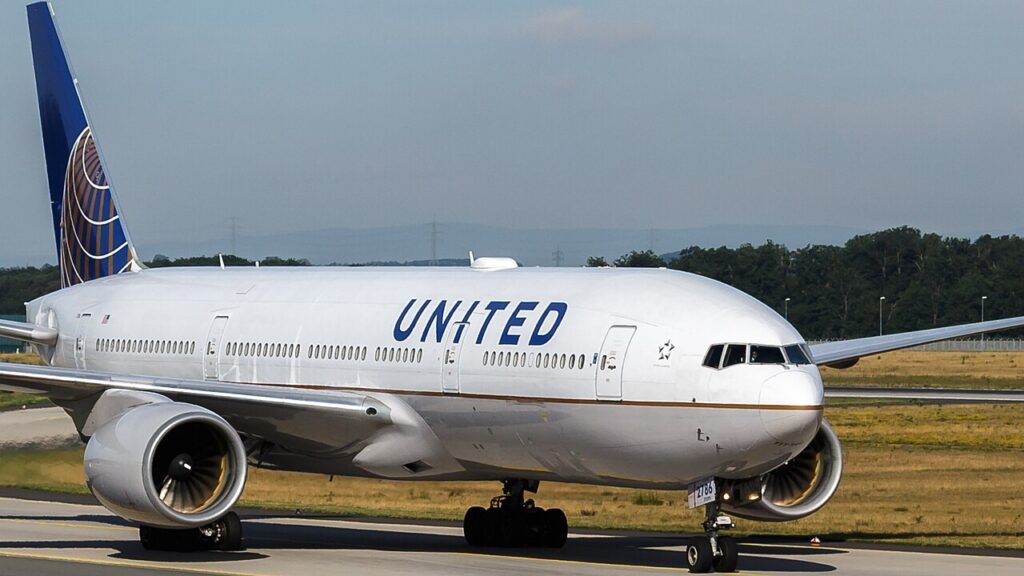 Photo: By tjdarmstadt – IMG_0388.jpg, CC BY 2.0, https://commons.wikimedia.org/w/index.php?curid=61530146
Photo: By tjdarmstadt – IMG_0388.jpg, CC BY 2.0, https://commons.wikimedia.org/w/index.php?curid=61530146Emergency Diversion Following Engine Failure
United Airlines flight UA1828 departed Orlando (MCO) at 9:35 PM UTC and encountered a technical issue mid-flight. Operated by a Boeing 777-200ER (registration N221UA), the aircraft reportedly lost one of its two Pratt & Whitney PW4000 engines.
The incident was shared by a passenger on Reddit, who said the pilot announced the failure mid-air and initiated a diversion. The aircraft landed safely in Atlanta (ATL) at 11:33 PM UTC.
Although Boeing 777 aircraft are certified to fly with a single engine, standard safety protocols require landing at the nearest suitable airport when such a critical failure occurs.
This diversion prioritized passenger safety in line with aviation regulations governing Extended-range Twin-engine Operational Performance Standards (ETOPS).
The Boeing 777-200ER involved in the incident is 23.6 years old and configured with 362 seats—32 in First Class and 330 in Economy. While the exact number of passengers onboard remains unconfirmed, all were safely deplaned at Gate 17, Concourse E, in Atlanta.
Following a seven-hour delay, United Airlines deployed a replacement aircraft from Atlanta. The continuation flight departed Atlanta at 6:54 AM UTC and arrived at Chicago O’Hare (ORD) at 8:30 AM UTC.
Stay tuned with us. Further, follow us on social media for the latest updates.
Join us on Telegram Group for the Latest Aviation Updates. Subsequently, follow us on Google News
United Airlines Flight with 737 Suffers Engine Fire
The post United Tokyo to San Francisco Flight with 777 Makes Emergency Landing appeared first on Aviation A2Z.











![Wyzwiska w stronę policji i odpalenie petard podczas przemarszu. Mecz podwyższonego ryzyka [ZDJĘCIA]](https://storage.googleapis.com/bieszczady/rzeszow24/articles/image/a97a70c8-987b-484b-aad5-175382428544)
